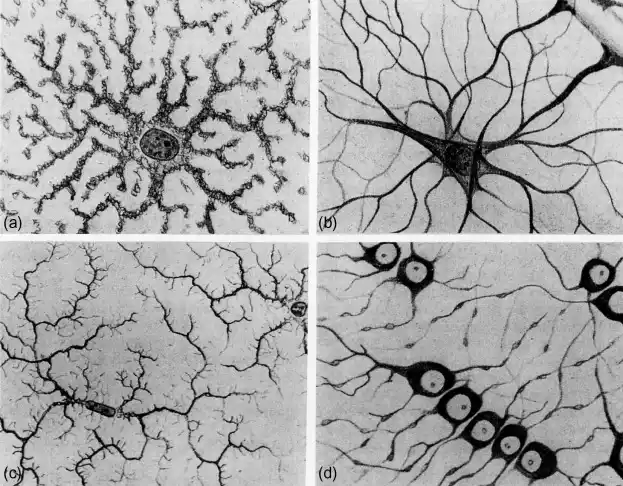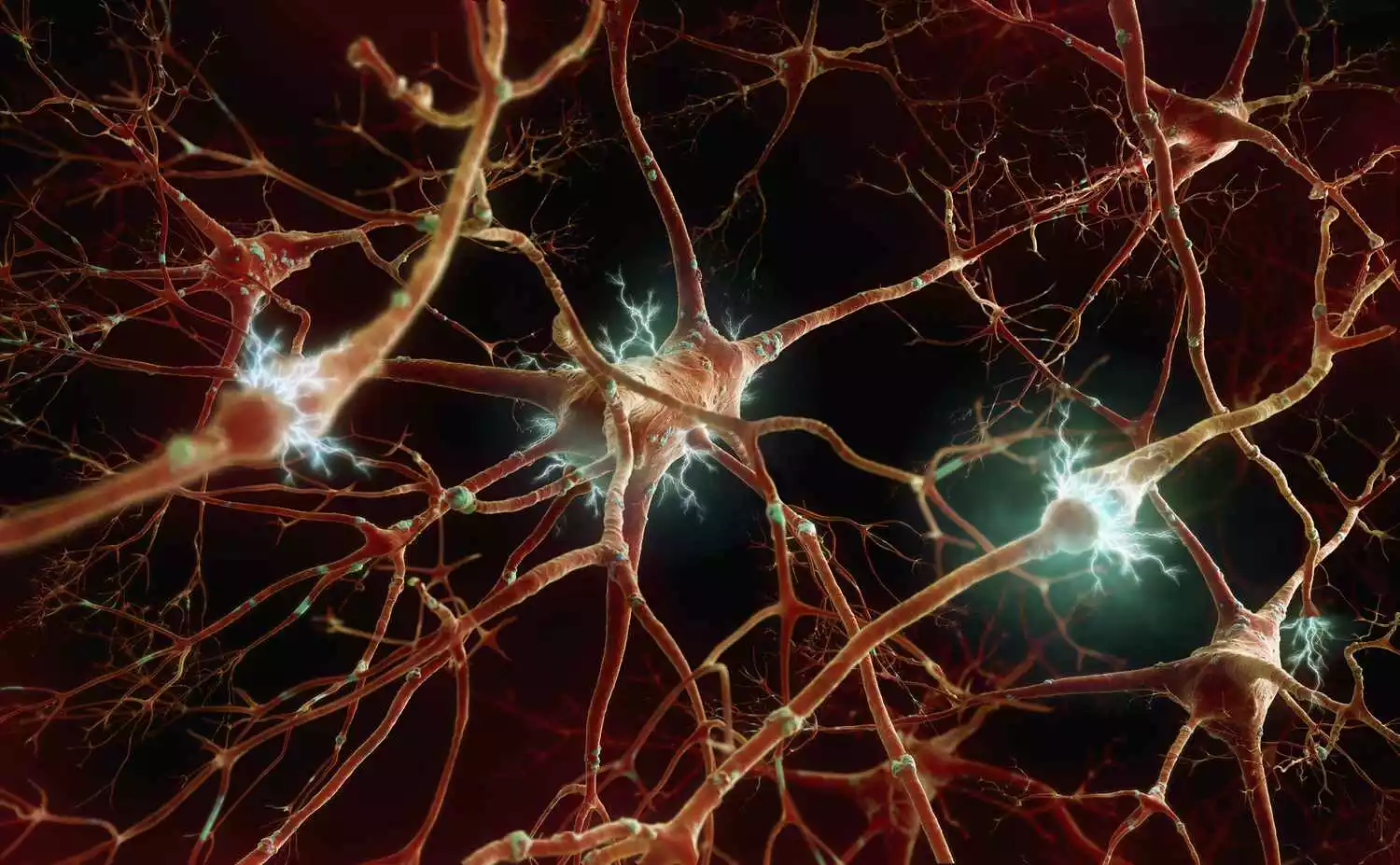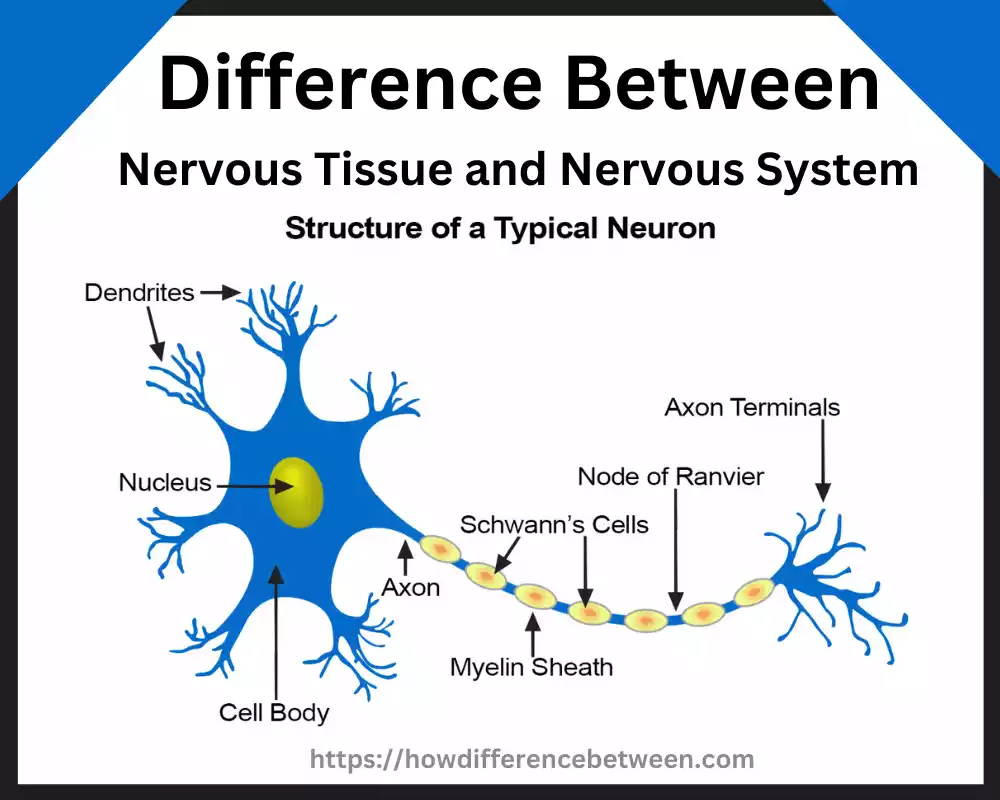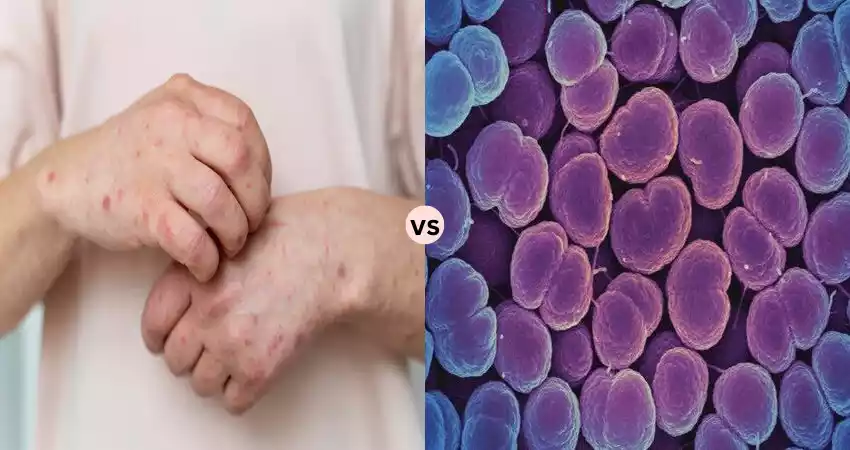The nervous Tissue and Nervous System are critical when studying neuroscience, and human physiology, diagnosing neurological disorders, or developing treatments for them.
What is Nervous Tissue?
Nervous tissue is a specialized type of tissue found in the nervous system of animals, including humans. It is responsible for transmitting electrical signals and facilitating communication between different parts of the body, allowing for coordination, control, and response to various stimuli. Nervous tissue is a key component of the nervous system, which includes the brain, spinal cord, and peripheral nerves.

Key characteristics and components of nervous tissue include:
- Neurons (Nerve Cells): Neurons are the primary functional cells of the nervous tissue. They are specialized for transmitting electrical signals, called nerve impulses or action potentials. Neurons consist of a cell body (soma), dendrites (branch-like extensions that receive signals), and an axon (long fiber that transmits signals to other neurons or effector cells).
- Glia (Neuroglia or Glial Cells): Glial cells are supportive cells that provide structural support, insulation, and protection to neurons. They play a crucial role in maintaining the health and functioning of neurons. Glia include various types such as astrocytes, oligodendrocytes, microglia, and Schwann cells.
- Synapses: Synapses are specialized junctions between neurons where communication occurs. When an action potential reaches the end of an axon (presynaptic neuron), it triggers the release of neurotransmitters. These neurotransmitters travel across the synaptic gap and bind to receptors on the dendrites or cell body of the receiving neuron (postsynaptic neuron), transmitting the signal.
- Electrical Signaling: Nervous tissue is capable of generating and transmitting electrical signals through changes in the membrane potential of neurons. This allows for rapid communication and coordination of various physiological functions, including sensory perception, motor control, and cognitive processes.
- Central Nervous System (CNS) and Peripheral Nervous System (PNS): Nervous tissue is organized into two main divisions: the CNS, which includes the brain and spinal cord, and the PNS, which consists of peripheral nerves that extend throughout the body. The CNS processes and integrates information, while the PNS connects the CNS to sensory organs, muscles, and glands.
- Sensory and Motor Functions: Nervous tissue enables sensory perception by transmitting information from sensory receptors to the CNS. It also controls motor functions by sending signals from the CNS to muscles and glands, allowing for voluntary and involuntary movement and regulation of bodily processes.
Nervous tissue is crucial for the functioning of the entire organism, as it plays a central role in coordinating and responding to both internal and external stimuli. It allows organisms to sense their environment, process information, and carry out complex behaviors and actions.
What is Nervous System?
The nervous system is a complex network of specialized cells and tissues that coordinates and controls various functions of the body. It plays a fundamental role in communication, integration, and regulation of different bodily processes, allowing an organism to interact with its environment, respond to stimuli, and maintain homeostasis. The nervous system is present in animals, including humans, and is responsible for a wide range of functions, from basic reflexes to complex cognitive processes.

Key components and functions of the nervous system include:
- Neurons: Neurons are the functional units of the nervous system. They transmit electrical signals, known as nerve impulses or action potentials, to communicate information between different parts of the body. Neurons are specialized for various functions, including sensory perception, motor control, and cognitive processes.
- Central Nervous System (CNS): The CNS consists of the brain and spinal cord. It serves as the main control center of the body, processing sensory information, integrating signals, and generating responses. The brain is responsible for higher cognitive functions, emotions, and voluntary movements, while the spinal cord relays information between the brain and the rest of the body.
- Peripheral Nervous System (PNS): The PNS includes all the nerves and ganglia (clusters of nerve cell bodies) outside the CNS. It is further divided into the sensory and motor divisions. The sensory division carries sensory information from receptors to the CNS, while the motor division transmits signals from the CNS to muscles and glands, controlling voluntary and involuntary movements.
- Sensory and Motor Functions: The nervous system enables sensory perception by receiving information from sensory receptors, such as those for touch, taste, smell, sight, and hearing. It also controls motor functions by initiating and regulating muscle contractions and glandular secretions. This allows for voluntary movements, reflexes, and automatic responses.
- Integration and Processing: The nervous system integrates sensory information and processes it to generate appropriate responses. Complex cognitive processes, memory, learning, and emotions are also functions of the nervous system.
- Communication: Neurons communicate with each other and with target cells (such as muscles and glands) through synapses, specialized junctions where neurotransmitters transmit signals.
- Homeostasis: The nervous system plays a role in maintaining internal balance and homeostasis by regulating bodily functions such as heart rate, blood pressure, body temperature, and digestion.
- Autonomic Nervous System: This division of the PNS controls involuntary functions, including heart rate, digestion, and respiratory rate. It is divided into the sympathetic and parasympathetic branches, which have opposing effects on various organs.
The nervous system is incredibly intricate and essential for the survival and functioning of organisms. It allows for complex behaviors, learning, adaptation, and the ability to interact with and respond to the external environment.
Comparison table of Nervous Tissue and Nervous System
Here’s a comparison table that highlights the key differences and relationships between nervous tissue and the nervous system:
| Aspect | Nervous Tissue | Nervous System |
|---|---|---|
| Definition | A type of tissue composed of neurons and glial cells. | An organized network of nervous tissues that includes the brain, spinal cord, and peripheral nerves. |
| Composition | Comprised of neurons and glial cells (neuroglia). | Comprises nervous tissues along with specialized structures such as the brain, spinal cord, and nerves. |
| Function | Transmits electrical signals and facilitates communication within the body. | Coordinates and controls various bodily functions, processes sensory information, and generates responses. |
| Components | Neurons are the functional cells responsible for transmitting nerve impulses. Glial cells provide support and protection to neurons. | Central Nervous System (CNS): Brain and spinal cord. Peripheral Nervous System (PNS): Peripheral nerves extending from the CNS. |
| Divisions | N/A | Central Nervous System (CNS) and Peripheral Nervous System (PNS). |
| Role | Serves as the building blocks for the nervous system and carries out information transmission. | Integrates sensory information, generates responses, and controls bodily functions. |
| Structural Unit | Basic structural and functional unit of the nervous system. | Network of nervous tissues organized into the CNS and PNS. |
| Location | Found throughout the body, forming the basis of the nervous system. | Distributed throughout the body, with major components located within the skull and spinal column. |
| Communication | Transmits electrical signals (nerve impulses) between neurons. | Facilitates communication between different parts of the body through electrical signals. |
| Primary Cells | Neurons and glial cells (neuroglia). | Neurons are the primary functional cells. Glial cells provide support and insulation. |
| Control and Coordination | Involved in transmitting information and signals. | Regulates and coordinates bodily functions, responses, and behaviors. |
| Relationship | Nervous tissue is a component of the nervous system. | The nervous system is a complex network that includes nervous tissues and specialized structures. |
Conclusion
In the intricate realm of the human body, Nervous Tissue and Nervous System stand as marvels of design and functionality. From transmitting nerve impulses to orchestrating complex bodily processes, they play an indispensable role in our existence. Understanding the workings of nervous tissue and the nervous system not only enriches our knowledge of ourselves but also emphasizes the importance of nurturing their health.































